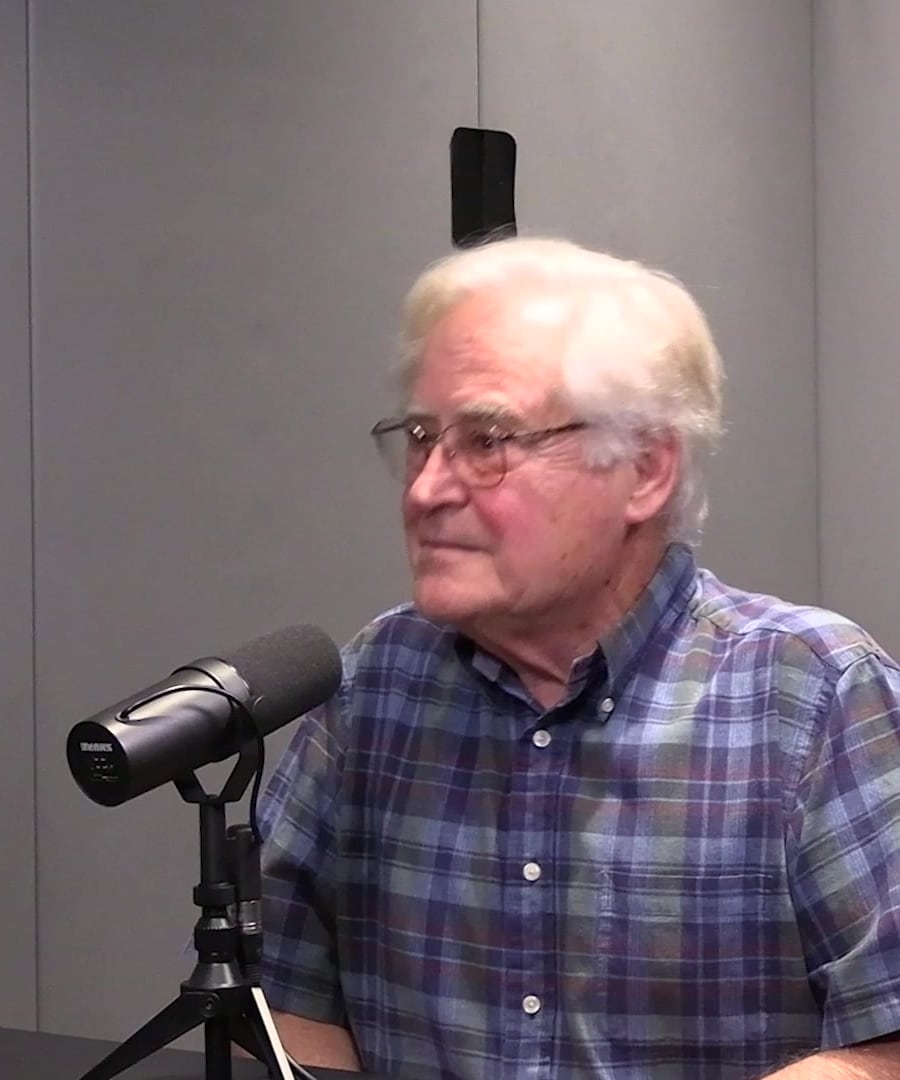Insulation
Sources:
has discussed the concept of insulation in various contexts, particularly focusing on how the body manages heat and cold:
-
Piloerection for Insulation: When exposed to cold, the body releases adrenaline, which activates sympathetic fibers that cause hair follicles to stand up, a process called piloerection. This creates an insulated layer of warm air between the hairs, serving as a biological insulator. Many animals with thick fur coats utilize this mechanism to trap heat when it's cold 1.
-
Insulation and Physical Performance: Warming up before exercise is important, not just for raising temperature but also for increasing flexibility and reducing the risk of joint and tendon injuries. Wearing a knit cap in cold weather helps reduce heat loss from the head, which is significant because the brain is responsible for a substantial amount of heat production. Proper ventilation in helmets and clothing is also crucial to maintaining an optimal body temperature during physical activities, as too much insulation can impair performance by overheating the body 2.
-
Brown Fat and Cold Exposure: Brown fat, located mainly between the shoulder blades and neck, is rich in mitochondria and can directly convert energy into heat, enhancing thermogenesis. Cold exposure activates brown fat and can also convert beige fat into brown fat, increasing the body's capacity to burn energy and produce heat, effectively enhancing the body's natural insulation 3.
RELATED QUESTIONS-


